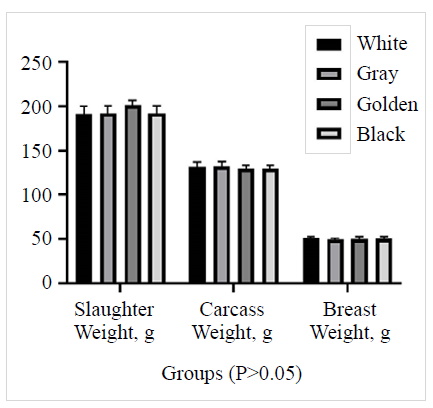Efficiency of stable liquide chlorine dioxide (ClO₂) in sanitation of water distribution system in poultry production-synthesis of theoretical and experimental findings
DOI:
https://doi.org/10.51607/22331360.2025.74.S1.39Keywords:
Animal production, disinfection, prevention, stable liquid chlorine dioxideAbstract
Modern veterinary practice faces growing challenges in the field of
biosecurity, especially in intensive livestock and poultry production.
One of the most underestimated, yet critical, factors in maintaining
the health status of animals is the quality of drinking water and
the hygienic safety of the water distribution system. Although in
everyday veterinary practice, the leading causes of health disorders
are often attributed to diet, environmental factors, or genetic potential,
numerous cases indicate that water is a key vector of microbial
contamination, primarily through biofilm structures that form in
internal water distribution systems. Due to the increasing incidence of
resistant bacterial strains and the limited effectiveness of conventional
disinfectants, such as chlorine, there is a growing need for new, safer,
and more effective sanitation methods.
Stabilised liquid chlorine dioxide (ClO₂) is emerging as a potent
alternative to conventional agents. This paper represents a synthesis
of experimental and review findings related to the use of stabilised
liquid chlorine dioxide for the rehabilitation of the drinking system
in laying hens suffering from colisepticemia. Through a case study
of a farm with a recorded problem of systemic infection caused by
Escherichia coli, the causes of contamination, remediation measures,
as well as the effects achieved in terms of biofilm reduction, mortality
and microbiological load of water were analyzed. Along with the case
report, the paper analyzes and expands the context of the effectiveness
of stabilised liquid chlorine dioxide, based on the literature and
previous studies. Stabilised ClO₂, in contrast to its gaseous form,
offers safer handling, a prolonged residual protection effect, and
minimal toxicity.
The paper emphasises the importance of microbiological control and
improved sanitation of water supply systems in poultry production,
and highlights stabilised liquid chlorine dioxide as a highly effective
tool in the fight against biofilm and resistant bacterial strains.

Downloads
Published
How to Cite
Issue
Section
License
Copyright (c) 2025 Ajla Ališah, Nadža Kapo-Dolan, Admir Pivić, Pamela Bejdić, Julijana Trifković, Abdulah Gagić

This work is licensed under a Creative Commons Attribution 4.0 International License.







